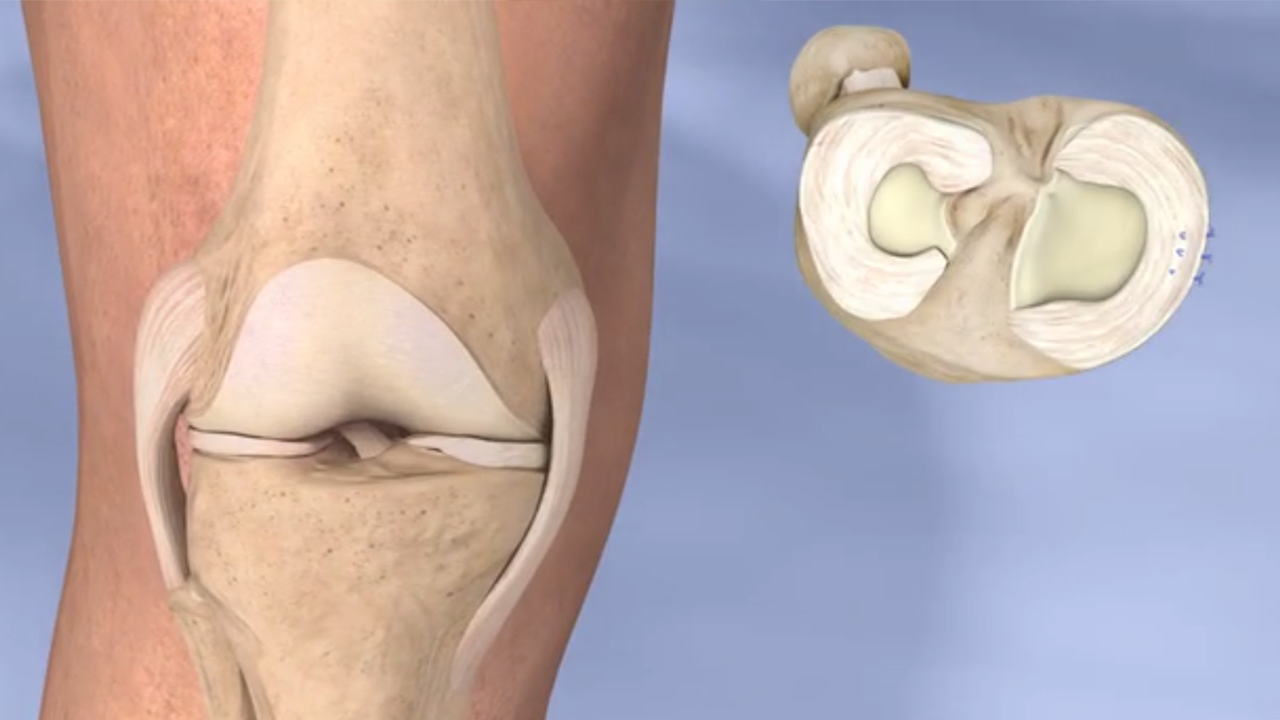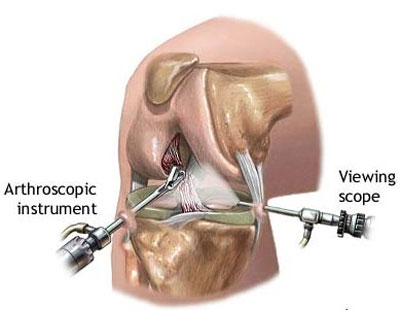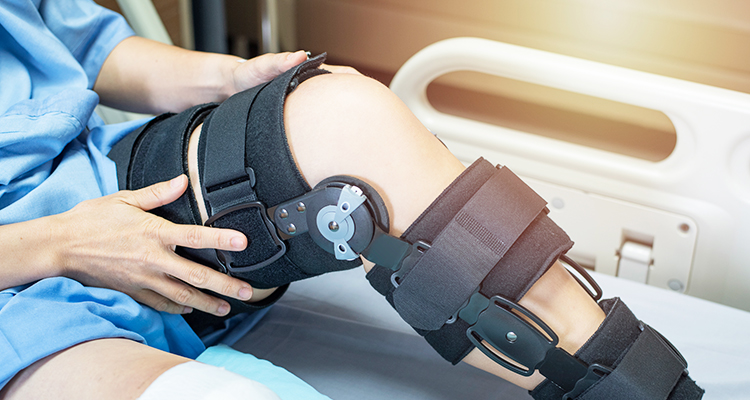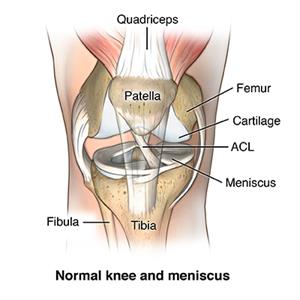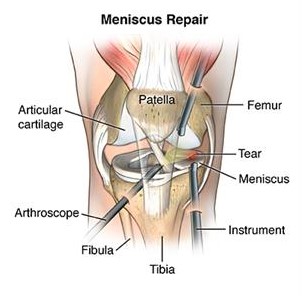Ace Info About How To Repair A Torn Cartilage

Then they’ll place small devices that look like darts along the.
How to repair a torn cartilage. In the hands of an experienced surgeon, arthroscopic meniscus repair is effective outpatient surgical procedure to repair torn knee cartilage. In this procedure, surgeons take a small sample of healthy cartilage from the knee in a small surgery. They’ll insert an arthroscope to get a good look at the tear.
Treatment cartilage cannot repair or replace itself. The surgeon sews torn pieces of cartilage back together so they can heal on their own. Implanting your own healthy cartilage cells into the damaged area.
Avoid activities that aggravate your knee pain, especially any activity that causes you to twist, rotate or pivot your knee. This procedure is performed by making small incisions in the. A torn meniscus can cause pain on the inside or outside of the knee, behind the knee, and locking when trying to straighten the knee.
Fortunately, cartilage damage can be repaired with our conscious aid. Some of the main procedures are: The cells are isolated, grown in a lab, and seeded onto a collagen patch.
One of the most common methods of repairing knee cartilage without surgery is called arthroscopic debridement. The most common minimally invasive ankle cartilage repair surgery is the microfracture procedure. However, cartilage repair does not cure the condition causing cartilage damage.
The surgeon removes damaged cartilage and drills small holes into the ankle bone. The torn meniscus is repaired by. A repair involves reapproximating the torn edges of the meniscus to allow them to heal in their proper position so they won't get caught in the knee or cause.
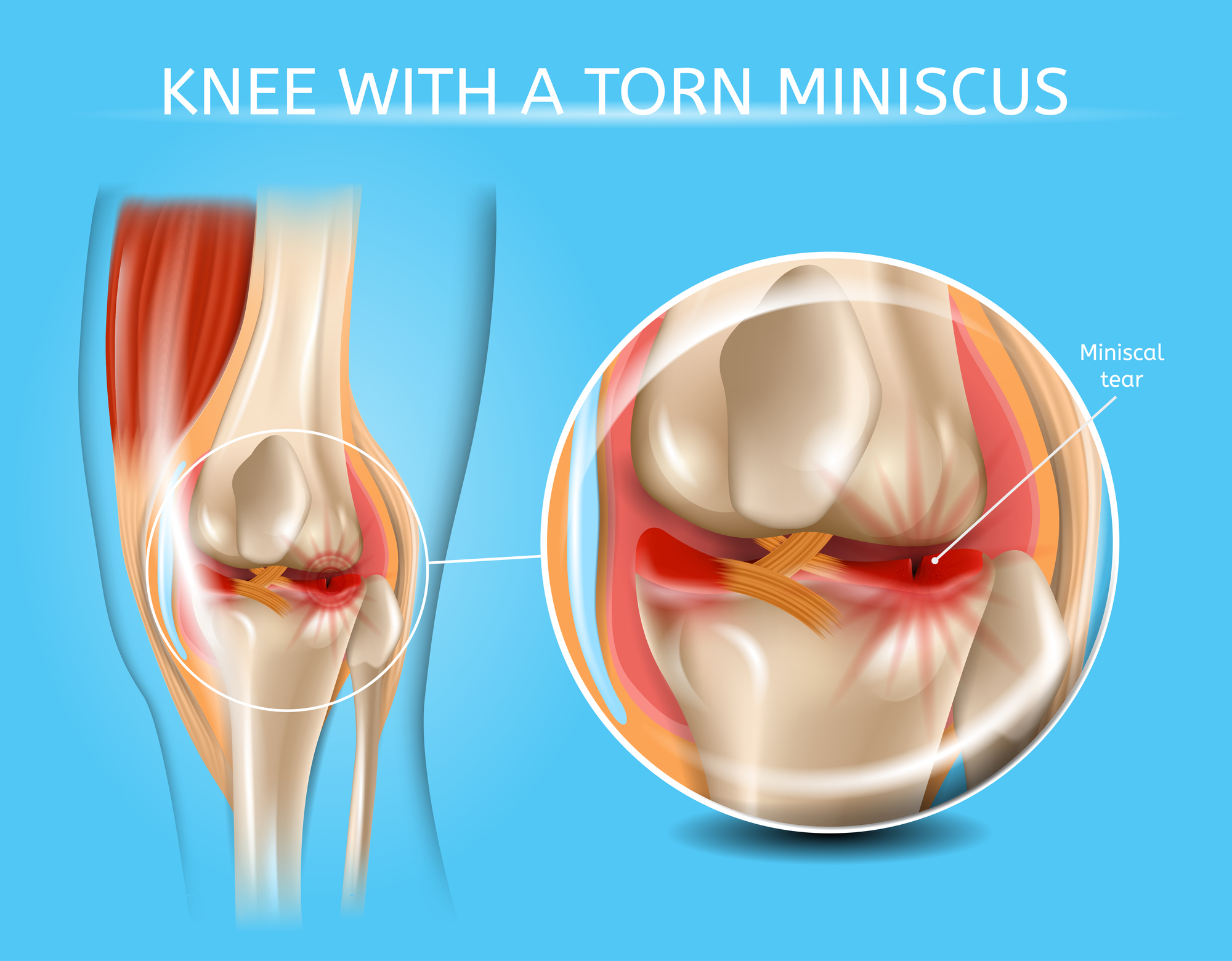
/axial-view-of-fractured-tibia-and-torn-meniscus-667599137-5b91a26246e0fb00502b8270.jpg)

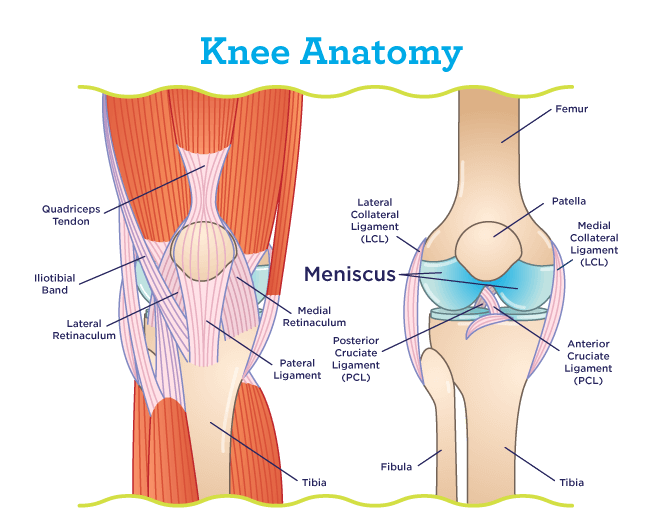


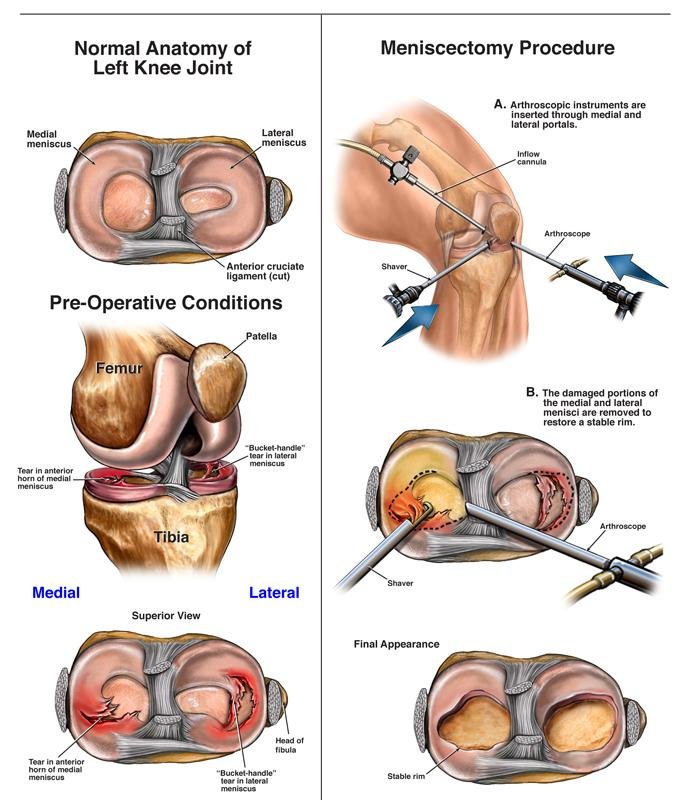
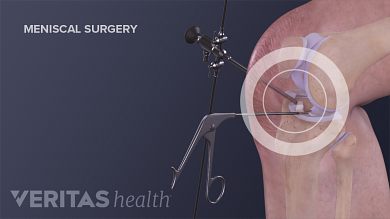

.ashx?h=236&w=450&la=en)

